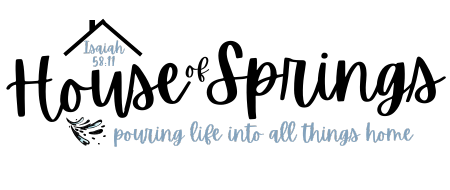Your preschool or kindergarten child is going to love tracing small-lowercase letters with these free, step by step, colorful tracing worksheets! And you won’t have to visit multiple website pages; get all 26 letters in one printable PDF!

This free printable PDF (an excerpt from my small-lowercase letter workbook) includes 26 worksheets, one for each small-lowercase letter of the English alphabet. Each page has step-by-step tracing for each line of an alphabet letter.
Each worksheet also has a large letter at the top of each page that shows how to trace each letter. The dots show where to start each stroke, and the arrows show which direction to continue each stroke. The numbers show which stroke to begin with first.
NOTE: You may have noticed by now that I use the term “small” letters. It wasn’t until I moved overseas that I realized that we Americans mix the two names for letters. We say “capital” and “lowercase” letters. This really doesn’t make sense, because capital letters also have the name “uppercase.” So that means that lowercase letters also have another name…and that name is “small”!

Tips for Getting Started with Your Little Ones
There is quite the debate these days regarding whether or not kids should start learning capital (uppercase) or small (lowercase) letters first. In addition, there is also disagreement about teaching letters in order. This is definitely something to think about, but it’s not something to get stressed about.
I personally believe in the traditional method, which is to start with capital letters and to teach in alphabetical order. In my opinion, capital letters are easier for a child to write, as well as to distinguish the differences between letters. I also think it’s more helpful to learn letters in alphabetical order. While people don’t use paper dictionaries much these days, the skill of alphabetizing letters and words is priceless. As a teenager and adult, this skill has been vital to getting things organized in my personal and work life.
That being said, I would suggest starting with tracing capital letters first before starting on these small letters worksheets.

I also would suggest that, before teaching your child to trace any letters, you should first work with your child on how he/she should hold a pencil in his/her hand—which fingers it should sit between and in which direction the pencil should face. (For help with this, you can check out my “Pencil Safety” and “How to Hold a Pencil” guides here.)
Moreover, it would be helpful to take your child through a prewriting book or worksheets with straight lines and curves before even beginning to learn how to shape letters.
Finally, don’t forget to sing the famous alphabet song with your little one! It will be monumental in helping him/her learn the names of his/her letters faster!

As you work together on these worksheets, I encourage you to be a master observer of your child! Make sure that he/she starts each line of each letter in the correct starting position. For example, if a child starts a letter on the bottom line, rather than the top line, he/she may develop a writing habit that later on may cause him/her to write more slowly than other children. Take note of the numbers, dots, arrows, and strokes provided in the large letter at the top of each alphabet page!
Your child is going to do great! Enjoy!

Note: This document was made to print on US Letter Size paper: 8.5″ x 11″. Also, if you don’t want color and you want to save a little money on ink, you can choose black and white in your printer’s settings!
